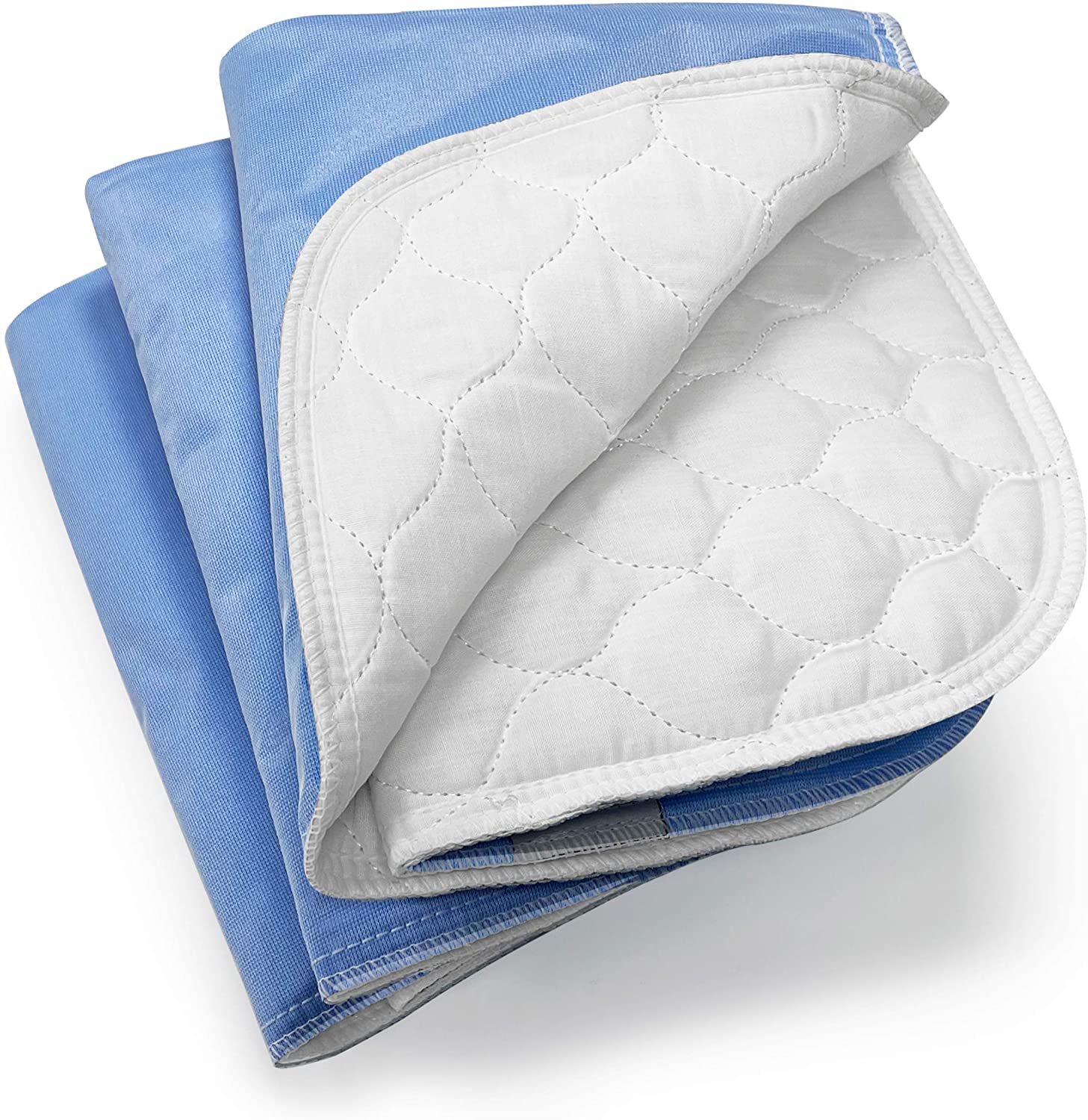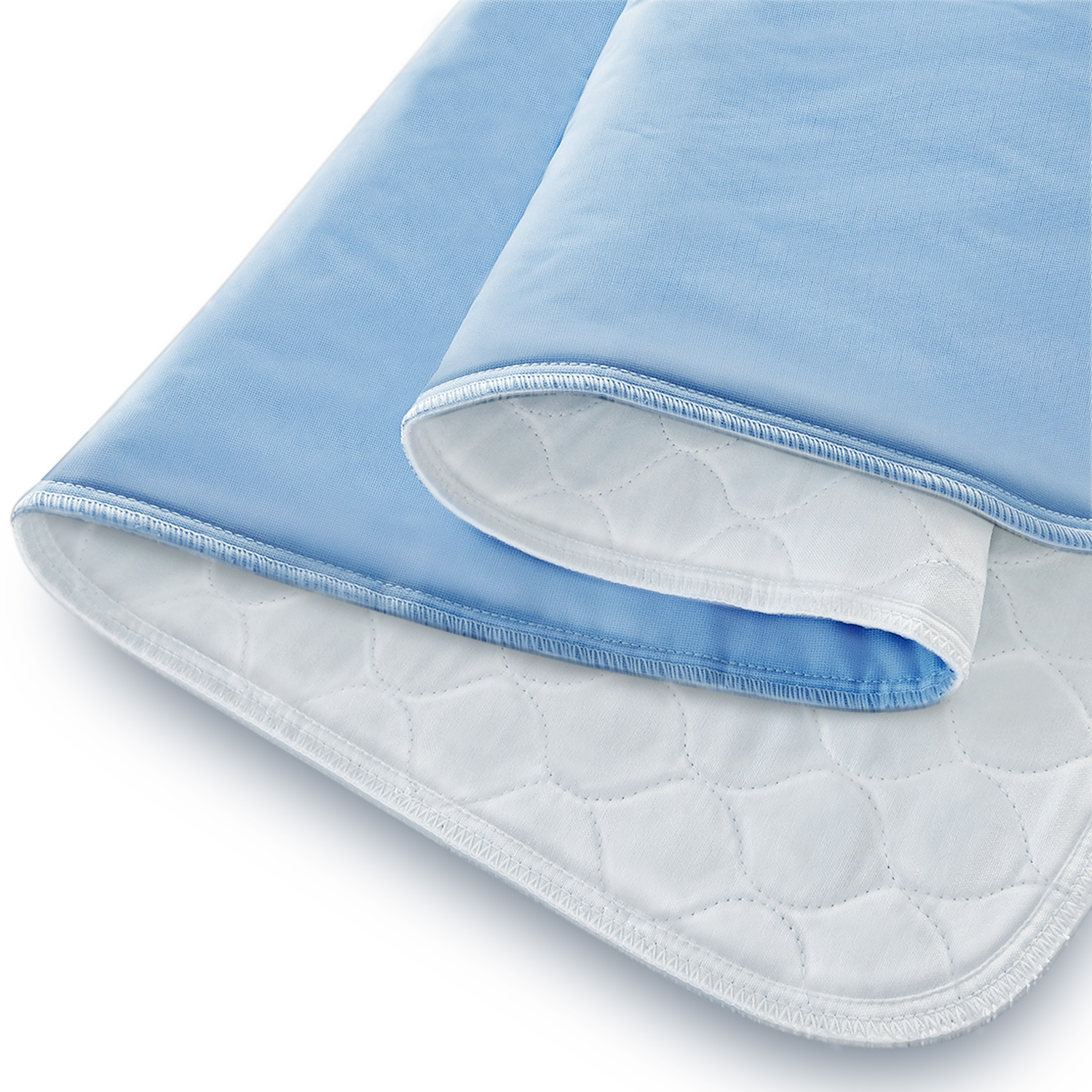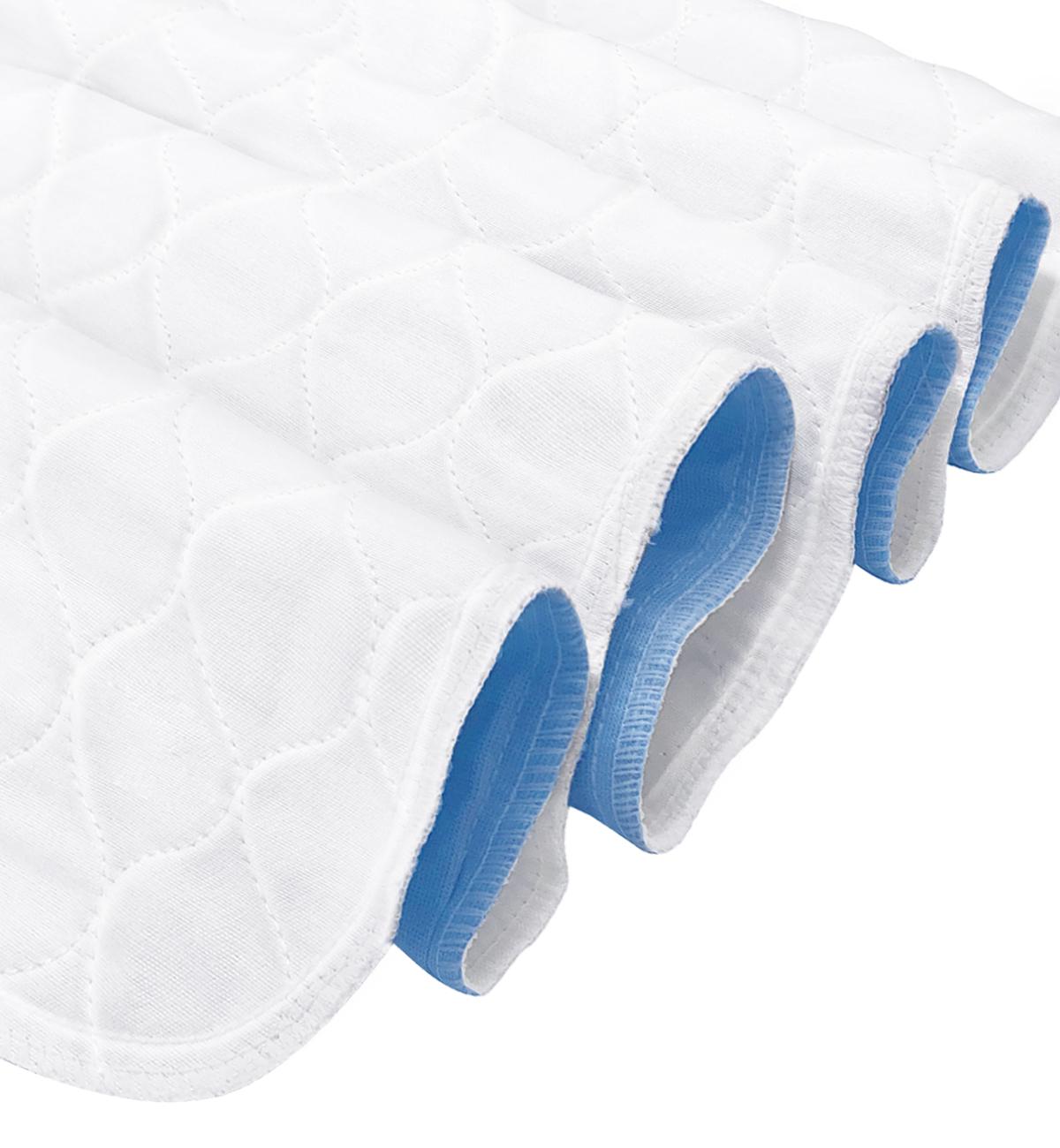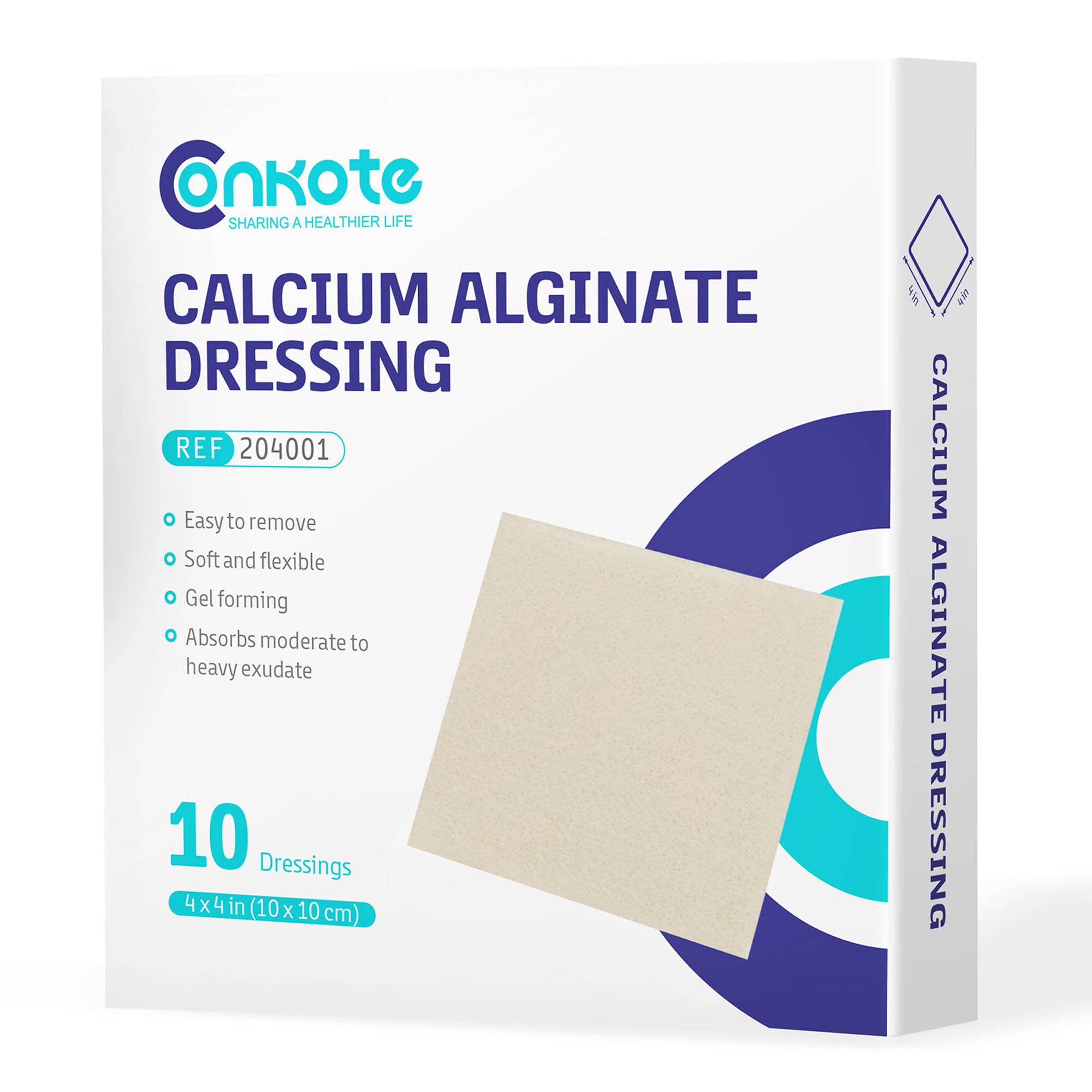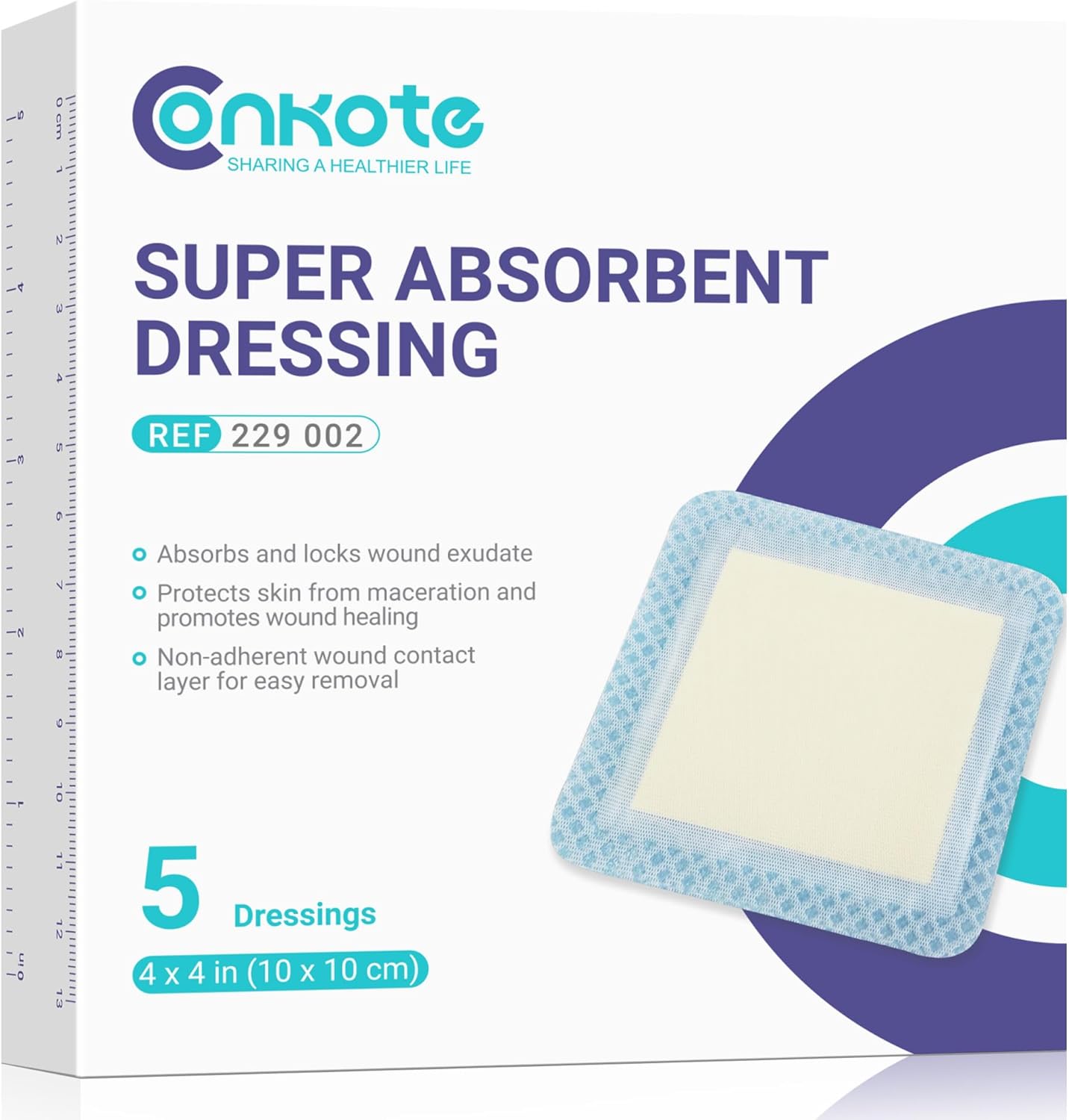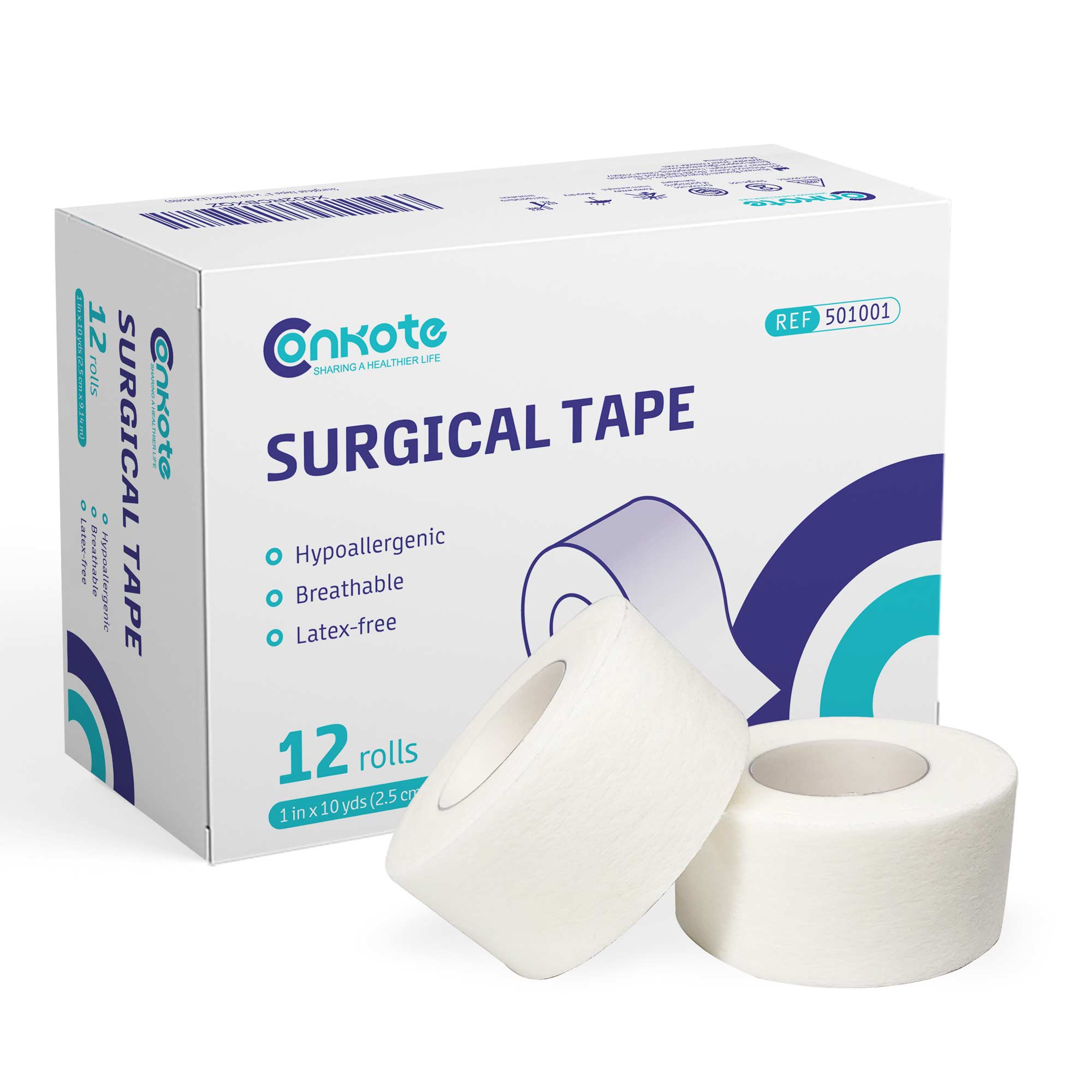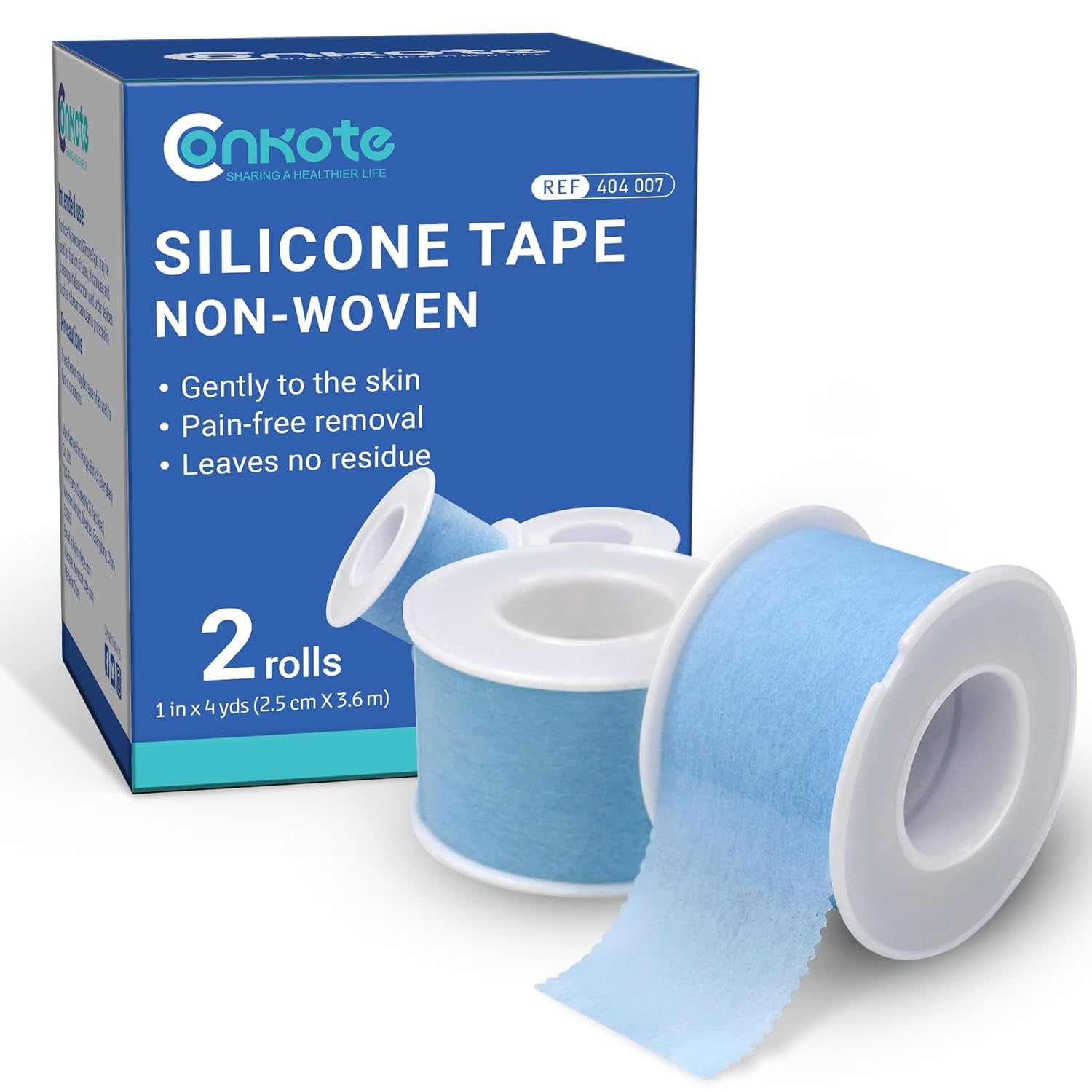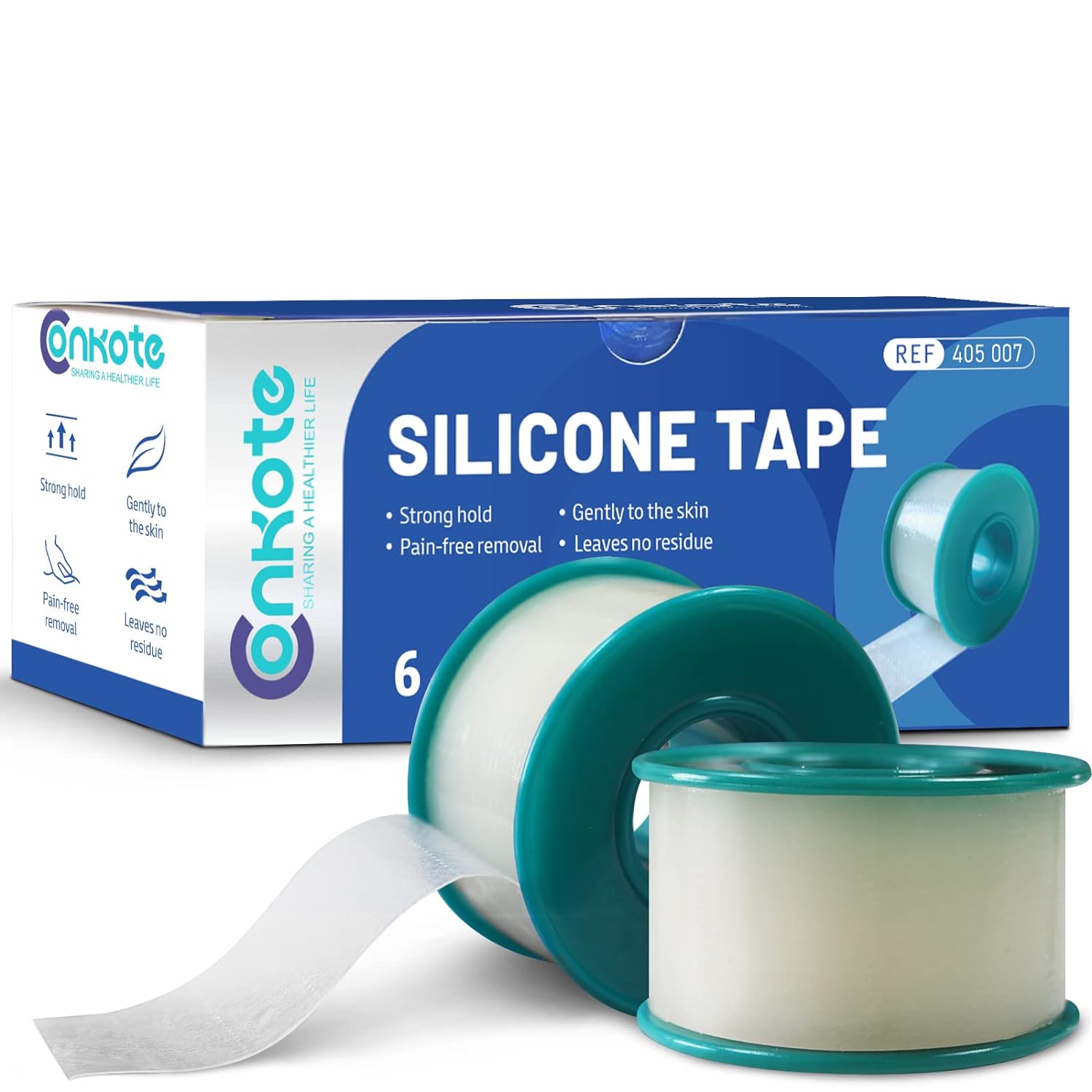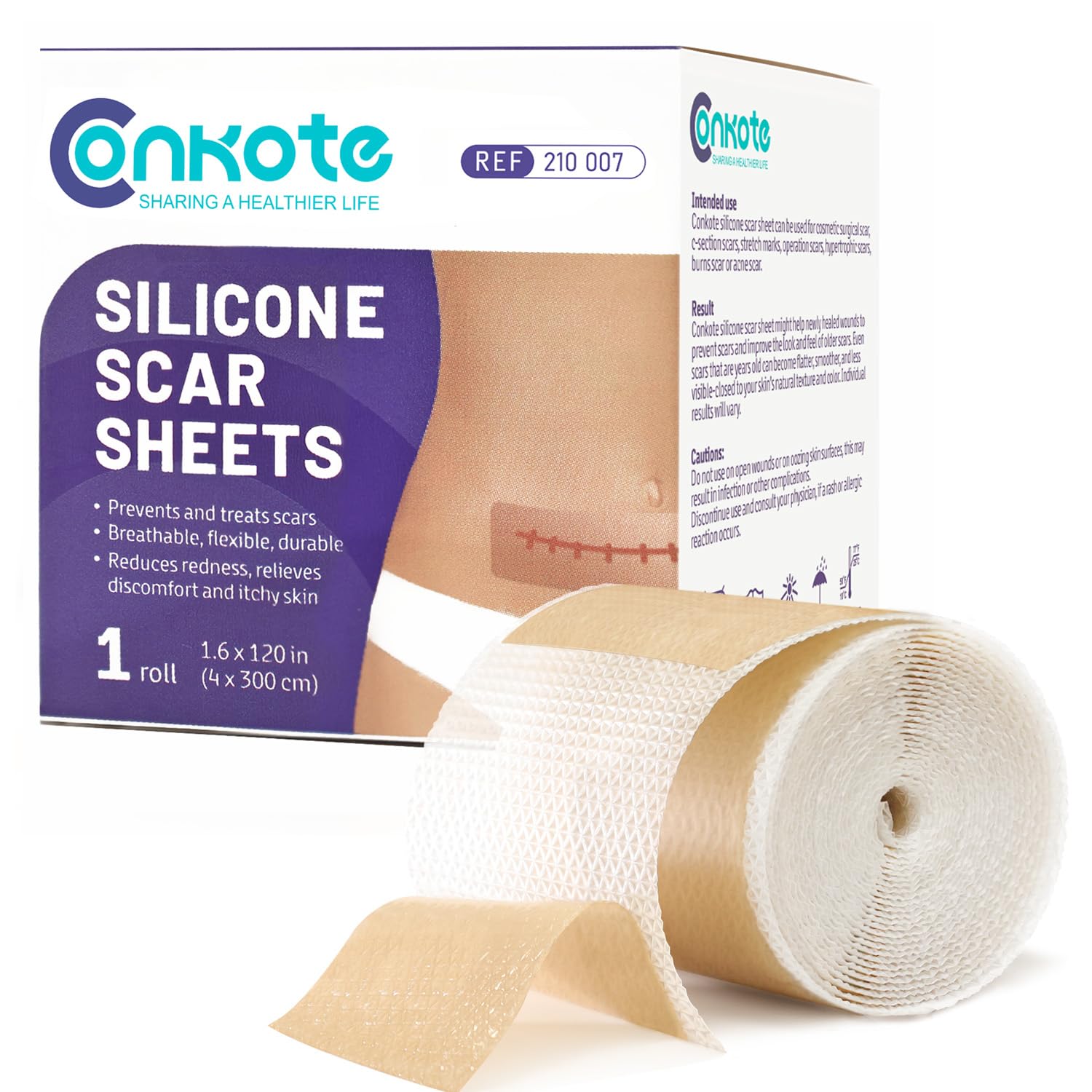How Is a Gunshot Wound Treated?
2022-09-20 2022-09-22 13:43How Is a Gunshot Wound Treated?
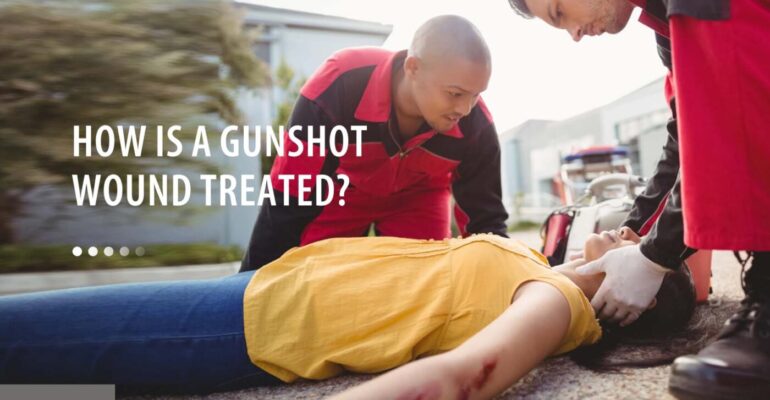
How Is a Gunshot Wound Treated?
A gunshot wound is a type of physical trauma caused by a bullet or projectile fired from a gun. Gunshot wounds are among the most common types of intentional and accidental injuries. Each year in the United States, gunshot wounds account for about 20% of all traumatic deaths. Injuries can range from minor to life-threatening, depending on the location and severity of the wound. Treatment for gunshot wounds depends on the extent of the injury and may include first aid measures, surgery, and rehabilitation. This article provides an overview of gunshot wounds and their treatment.
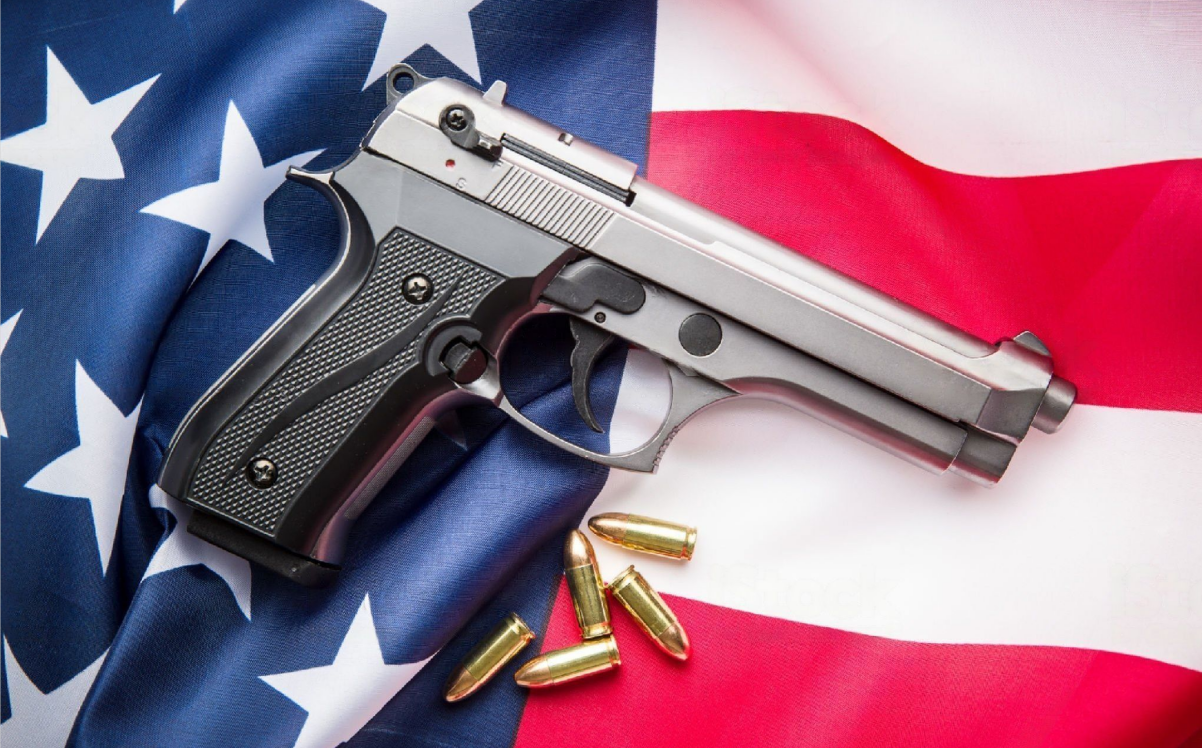
1. How to Stop the Bleeding
Blood loss is the most immediate concern with gunshot wounds. A gunshot wound to an artery or vein can result in life-threatening blood loss. Excessive bleeding is the most common cause of death in that situation. The first step in treating any gunshot wound is to stop the bleeding. It is, therefore, imperative to do so as soon as possible. Here are ways to stop the bleeding:
Find the source of the bleeding and apply direct pressure to the wound: You first need to find the source and apply direct pressure to the wound. Check for any exit wounds. If there is an exit wound, apply pressure to the wound and try to stem the blood flow.
Elevate the injured limb above the level of the heart, if possible:In case of bleeding from an arm or leg, raise the limb above the level of the heart. That will help to reduce the blood flow to the wound. If it is not possible to elevate the limb, then apply pressure to the wound and try to stem the blood flow.
Apply pressure to the wound with a clean cloth or bandage: If the bleeding is severe and direct pressure and elevation are not effective, you may need to apply pressure to the wound with a clean cloth or bandage. That is the most effective way to stop bleeding. You can also use your fingers or palm if nothing else is available. Do not remove the dressing to check on the wound, as this can restart the bleeding. Always keep the dressing in place and wait for medical help to arrive.
Apply pressure to the major arteries: Two main arteries in the arms (brachial arteries) and legs (femoral arteries) carry blood from the heart. If you cannot apply direct pressure to the gunshot wound, apply pressure to these major arteries. Doing so can help slow or stop the flow of blood. It will also help reduce the risk of shock.
Apply a tourniquet: A tourniquet is a device used to apply pressure to an artery or vein and stop blood flow. Tourniquets should only be used as a last resort, as they can cause tissue damage. But in some cases, they may be the only way to stop life-threatening bleeding. If you are going to use a tourniquet, make sure you know how to do it properly. The proper way to use a tourniquet is as follows:
- Place the tourniquet around the limb, between the wound and the heart.
- Tighten the tourniquet until the bleeding stops.
- Do not remove the tourniquet.
In case of a gunshot wound to the head, neck, or chest, apply direct pressure to the wound and do not remove the dressing. Apply pressure to the major arteries if possible. Do not use a tourniquet in these cases.
2. Call 911
Once you have stopped the bleeding, you must call for medical help. If the person is bleeding heavily or has a gunshot wound to the head, neck, or chest, call 911 immediately. If the person is bleeding moderately, you can still call 911, but you may want to consider taking them to the hospital yourself. Gunshot wounds can be very dangerous, and it is vital to get professional medical help as soon as possible. Remember, even if you think the injury is not severe, it is always better to be safe than sorry.
So when is it time to call 911? Generally speaking, you should call 911 if the person is:
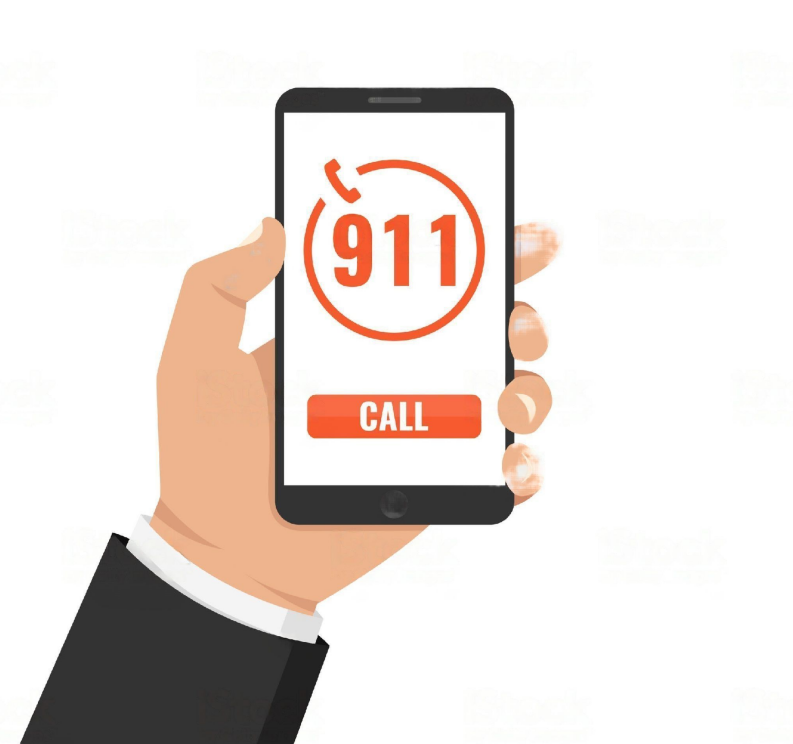
Losing a lot of blood: If the person is bleeding heavily, it is time to call for medical help. As stated above, gunshot wounds can be very dangerous, and it is essential to get professional medical assistance as soon as possible.
Showing signs of shock: If the person appears to be in shock, this is a medical emergency, and you should call 911 immediately. Symptoms of shock include pale skin, weak pulse, fast heartbeat, dizziness, and fainting.
Experiencing difficulty breathing: If the person is having difficulty breathing, this is a medical emergency, and you should call 911 immediately.
Having a gunshot wound to the head, neck, or chest: Even if the person is not bleeding heavily, a gunshot wound to the head, neck, or chest is a medical emergency, and you should call 911 immediately.
When you call 911, the operator will ask questions about the person’s condition. It is essential to answer these questions as accurately and clearly as possible. Once the operator has all the necessary information, they will dispatch emergency medical services to your location. Here are some tips for talking to the 911 operator:
Speak calmly and clearly: It is essential to remain calm when speaking to the 911 operator. That will help them understand you and provide you with the best possible assistance.
Give the operator your exact location: The operator will need to know your location to dispatch emergency medical services. Be sure to give them your address, cross streets, or other relevant information to help them find you.
Please stay on the line: Once you have called 911, do not hang up until the operator tells you it is okay. They may have additional questions for you, or they may need to provide you with further instructions.
Calling 911 is the best way to ensure that the person with the gunshot wound gets the medical help they need. However, there may be situations where calling 911 is not possible. If you cannot call 911, you must take the person to the hospital yourself. That is not ideal, but it is better than nothing. If you have to take the person to the hospital yourself, here are some tips:
Drive carefully: If you are driving the person to the hospital, be sure to drive carefully. Do not speed or take any unnecessary risks.
Bring a first-aid kit: If you have a first-aid kit, be sure to bring it. That can be used to provide additional care for the person while you are on route to the hospital.
Do not remove the person’s clothing: If the person has a gunshot wound, do not remove their clothing. That could make the wound worse and cause additional bleeding.
3. Hospital Treatment & Home Recovery
Gunshot wounds are usually treated in an emergency room. The priority is to stop the bleeding and stabilize the victim. Below are some common treatments for gunshot wounds:
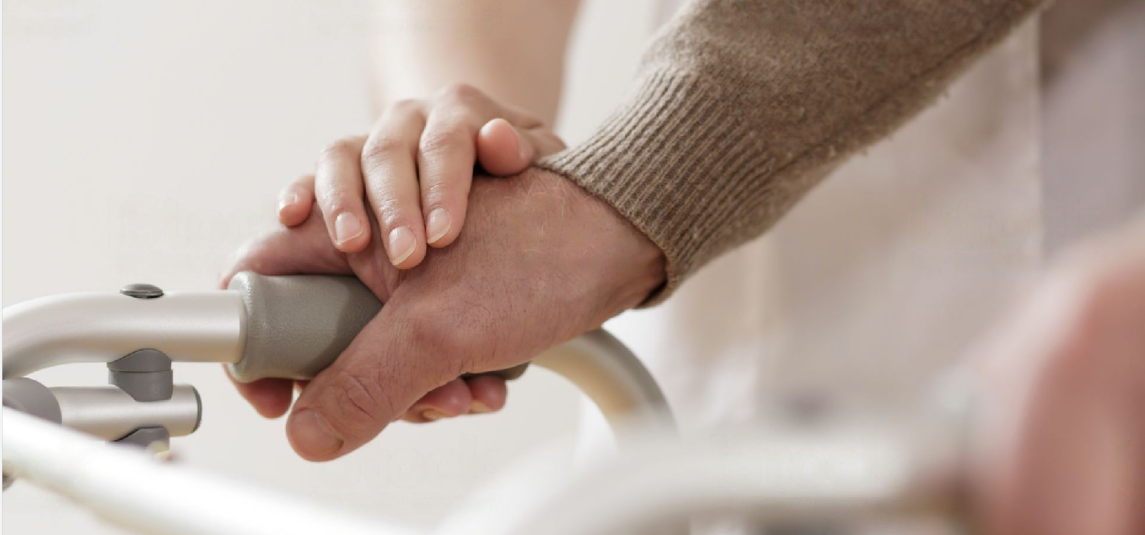
Dressing the wound: A gunshot wound is typically dressed with a sterile gauze pad. The dressing is applied with pressure to help stop the bleeding.
Cleaning the wound: The gunshot wound is then cleaned with a sterile solution. That helps to prevent infection.
Stitches: In some cases, stitches may be required to close the wound.
Surgery: In some cases, surgery may be necessary to repair damage caused by the gunshot wound.
After the initial treatment, the victim will be closely monitored. If there are no complications, they will be discharged from the hospital and can recover at home. Recovery time will vary depending on the severity of the gunshot wound. Here are some tips for caring for a gunshot wound at home:
Keep the wound clean and dry: This helps to prevent infection. The wound should be cleaned with a sterile solution at least once daily.
Apply a bandage: A bandage should be applied to the gunshot wound. Be sure to change the dressing regularly.
Take pain medication: Pain medication can help to ease the discomfort associated with a gunshot wound.
Watch for signs of infection: Signs of infection include redness, swelling, and drainage from the wound. If you notice any of these signs, contact your doctor immediately.
4. Outlook
Most gunshot wounds will heal within a few weeks. However, some gunshot wounds can lead to long-term problems. These include:
Infection: Gunshot wounds are at risk for infection. That is why it is vital to keep the wound clean and watch for signs of infection.
Scarring: Gunshot wounds can often lead to scarring.
Nerve damage: In some cases, gunshot wounds can cause damage to the nerves. That can lead to numbness or tingling in the affected area.
Muscle damage: Gunshot wounds can also cause damage to the muscles. That can lead to weakness in the affected area.
Joint damage: Gunshot wounds can also damage the joints. That can lead to joint pain or stiffness.
Blood vessel damage: Gunshot wounds can also damage the blood vessels. That can lead to bleeding or blood clots.
Psychological effects: Gunshot wounds can also have psychological effects. That can include anxiety, depression, or post-traumatic stress disorder.
Conclusion
Gunshot wounds can be severe. If you or someone you know has been shot, it is essential to seek medical attention immediately. Once the initial treatment has been received, you can do a few things to help with the healing process. Be sure to clean and dry the wound, apply a bandage, and take pain medication as needed. Watch for signs of infection and contact your doctor if you notice any wound redness, swelling, or drainage. Most gunshot wounds will heal within a few weeks, but some can lead to long-term problems. With proper treatment and care, most people will make a full recovery.
Search by Tags
advanced woundcare dressing Bedsores Blood Blood donation chronic decrease Chronic Wound comprehensive guide Conkosil Diabetes diabetes foot diabetes prevention Diabetes,Foot Problems,wound Diabetic foot dog training donation dor pee pads Easy Tips First aid health health life Home Care Ionic Silver Dressin Innovative Technology for Wound Care Lesions Measure a Wound medical tape Moist Wound Healing Negative pressure wound therapy papertape pet care Pressure Ulcers puppy pee pads Self-Adhesive Bandage Skin care tape Tobacco traditional wound care dressing World No Tobacco Day Wound care wound dressing wound healing wound infection wound materials woundmaterials wound type wound vac





